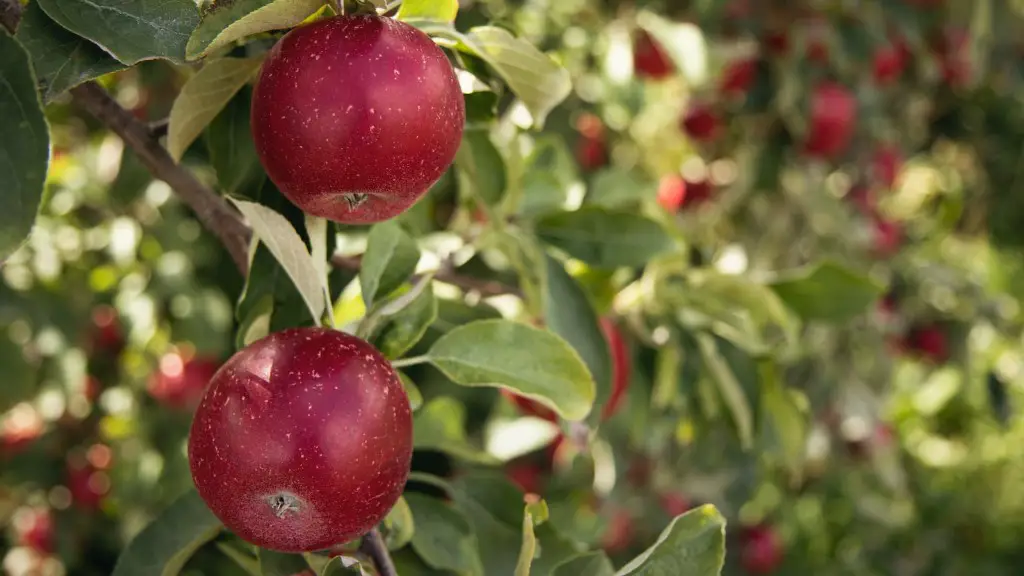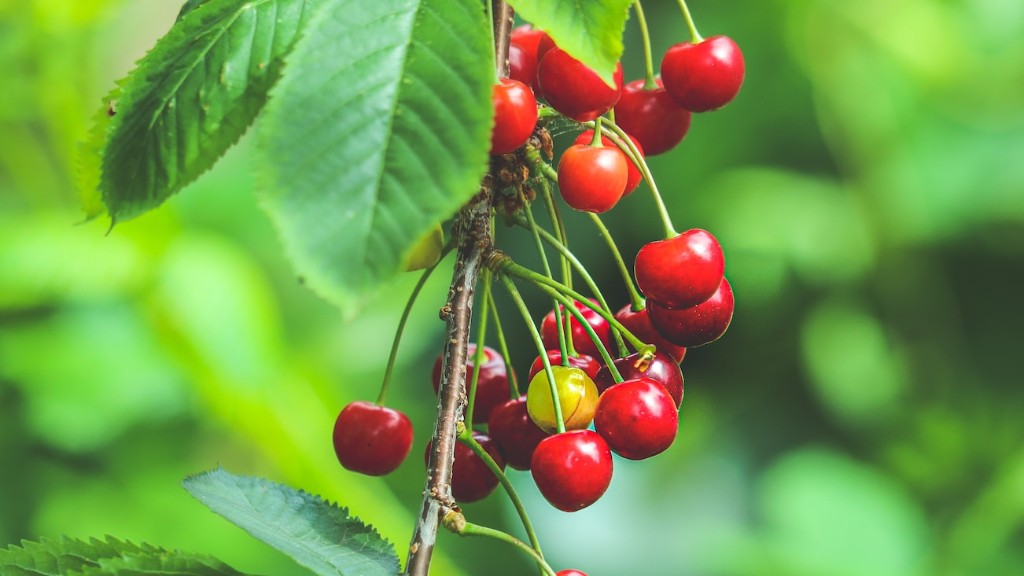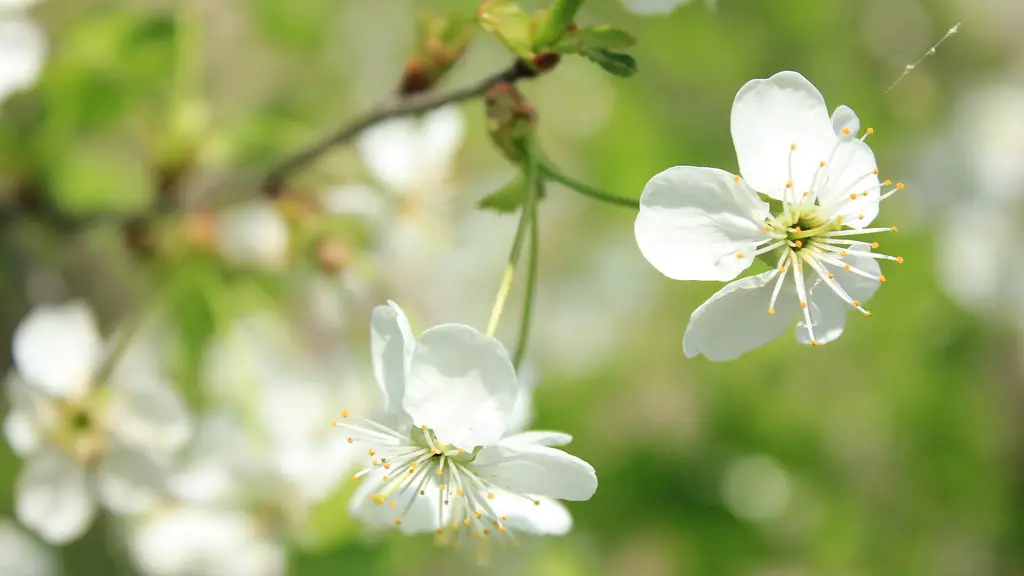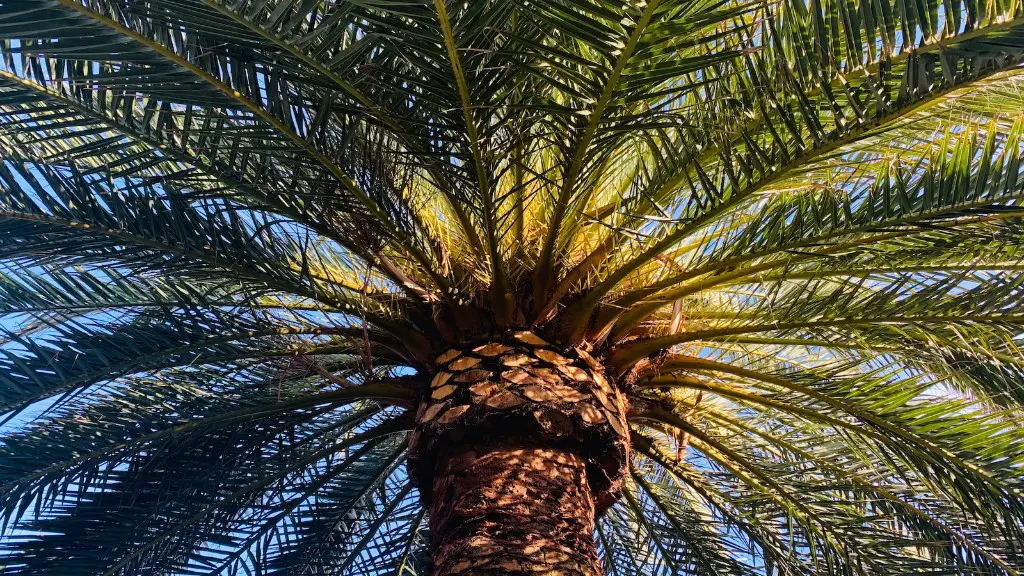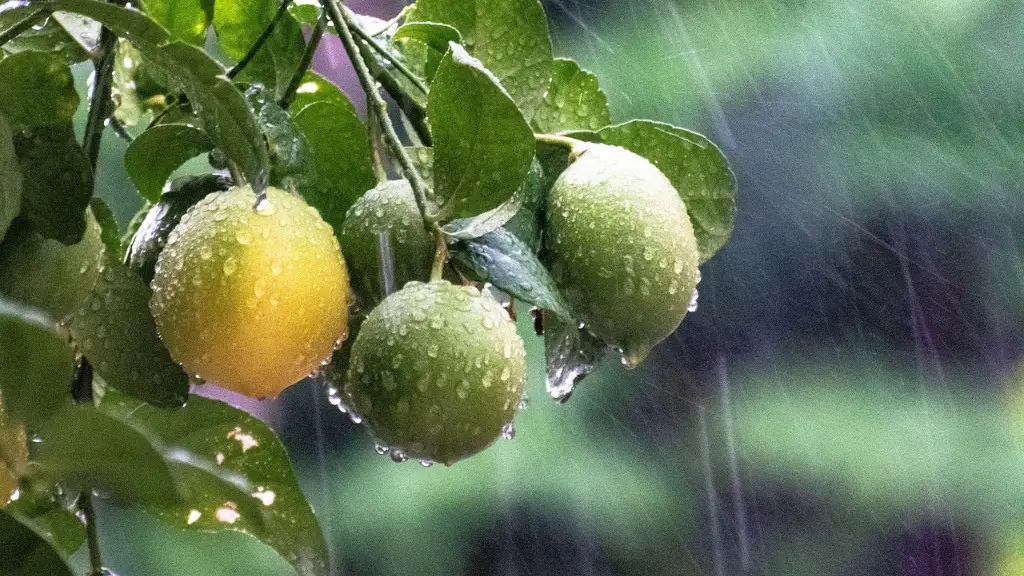When it comes to deciding which is the best apple tree to grow, there are a few things to bear in mind, such as the climate and soil in the area, the amount of space available and the type of apple desired.
One of the most popular varieties of apple is the Golden Delicious, which is a great all-purpose type, suitable for eating fresh, cooking with and storing. This is an easy-to-grow apple, requiring little maintenance, but it won’t thrive in very cold areas. The Northern Spy is another widely grown apple, also suitable for colder climates, and produces large, crisp fruits.
Many other types of apple are also widely grown, such as the Granny Smith, McIntosh, Honeycrisp and Rome. The Granny Smith is an excellent choice for making pies or for storing for long periods of time, while McIntosh is excellent for making applesauce. Honeycrisp has a very sweet flavor, while Rome has firm flesh, making them both excellent for baking.
Apple trees also come in a variety of sizes, from dwarf varieties that only reach about 8-10 feet in height, to semi-dwarf trees that reach 20-25 feet, and full-size trees that can get up to 40 feet in height. Dwarf trees are often the best choice for small yards and limited space, while full-size trees will provide more apples in a season.
Apple trees can be grown organically, with an emphasis on using natural methods of pest control, while conventional apple trees use chemical methods to control pests and disease. Organic fruit tree growing requires more knowledge and effort, but produces apples that are much higher in nutrients.
When planting apple trees, it’s important to choose the variety that will do the best in the local climate, and to make sure that the soil is well-drained and not overly fertile. Trees should be planted in late winter or early spring and should be fertilized each year to ensure maximum yields.
The best apple tree to grow will vary depending on the climate and space available, but many varieties will do well in a range of locations. For the home gardener looking for an easy-to-grow variety, the Golden Delicious and Northern Spy are both excellent options. Of course, it’s always beneficial to accompany tree selection with some research into organic growing methods to ensure the highest quality fruit.
Types of Apple Trees
When it comes to deciding on the variety of apple tree to grow, it’s important to take into account the climate and soil of the area in which the tree will be planted. The most popular varieties of apple trees include Golden Delicious, Northern Spy and Granny Smith.
Golden Delicious is an easy-to-grow variety, requiring little maintenance and producing a delicious, all-purpose apple. Northern Spy is a cold-hardy apple, excellent for eating fresh, baking, cooking and storing. Granny Smith is known for its tart green skin and firm flesh, making it ideal for baking and storing.
Other popular apple varieties include McIntosh, Honeycrisp and Rome. McIntosh is excellent for applesauce and pies, while Honeycrisp has a sweet flavor. Rome has firm flesh, making it great for baking and is also recommended for home storage. There are also many other varieties to choose from; the right one will depend on the desired taste, climate and available space.
Size of Tree
Apple trees come in a variety of sizes, and it’s important to choose the size of tree that will best suit the space available. Dwarf trees are the best option for small yards, as they only reach 8-10 feet in height, while full-size trees can reach up to 40 feet.
Semi-dwarf trees are a compromise between dwarf and full-size trees, reaching between 20-25 feet in height. If space is limited, a dwarf or semi-dwarf tree is the best choice, as full-sized trees have the potential to take up too much space.
It’s also worth keeping in mind that dwarf and semi-dwarf trees usually won’t bear as much fruit as full-size trees. On the other hand, they require much less maintenance and don’t need to be pruned as often as full-size trees.
Organic vs Conventional Growing
Apple trees can be grown organically or conventionally, and it’s important to be aware of the differences between the two. Organic trees are grown without any chemical methods of pest and disease control, relying instead on natural methods, such as companion planting and pruning. Organic trees require more knowledge and effort, but the produce is much higher in nutrients.
Conventional apple trees, on the other hand, use chemical methods to control pests and diseases. While this method is easier and usually more reliable, the chemicals used can have an adverse effect on the environment.
Organic and conventional apples are also priced differently, with organic apples often costing more. This is because of the extra effort and expertise needed to ensure that organic apples are of the highest standard.
When it comes to deciding which is best for the home gardener, it’s important to consider the amount of time and effort that will be needed. If the gardener is willing to put the effort in, organic apple trees can produce a higher quality product, but it may not be the best option for time-pressed gardeners.
Planting
Once the variety and size of apple tree have been chosen, the next step is to plant the tree. It’s important to bear in mind that apples will not tolerate wet feet, so it’s essential to ensure the soil is well-drained. It’s also important to give the tree enough space to grow, as overcrowded trees are more susceptible to pest and disease.
The best time to plant apple trees is in late winter or early spring when the soil is moist and the ground is not frozen. It’s also important to fertilize the trees each year to ensure maximum yields. Trees should be planted in a sunny, sheltered spot and can be covered with straw or mulch around the base to help protect them in the winter.
Apple trees will also require regular pruning to control their size, to promote flowers and fruits, and to keep them healthy. Different varieties of apple trees will require different amounts and types of pruning.
Harvesting and Storing
Once in full production, apple trees will need to be harvested regularly to ensure a good yield. Apples are best picked when they are ripe and still firm, rather than fully ripe, as they can easily become damaged or bruised in the picking.
Apples should be stored either in a cool, dry place or in a cool, damp place, depending on the variety. Apples that are intended to be stored should be picked before they are fully ripe to reduce the risk of bruising and rotting. Properly stored apples should keep for several months.
Some varieties of apple, such as Golden Delicious and Granny Smith, are suitable for long-term storage, while others such as McIntosh, Honeycrisp and Rome are best eaten fresh. Apples can also be frozen, juiced, dried or cooked with to make delicious sweet treats.
When it comes to determining the best apple tree to grow, it’s worth researching varieties, deciding on size, and taking into account the use of organic or conventional growing methods. With the right variety, care and attention, apple trees can provide a fruitful harvest for many years to come.
